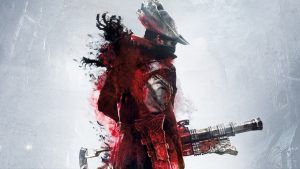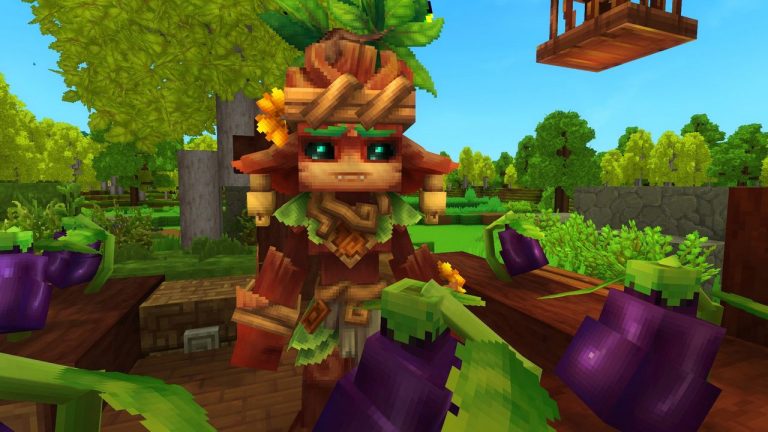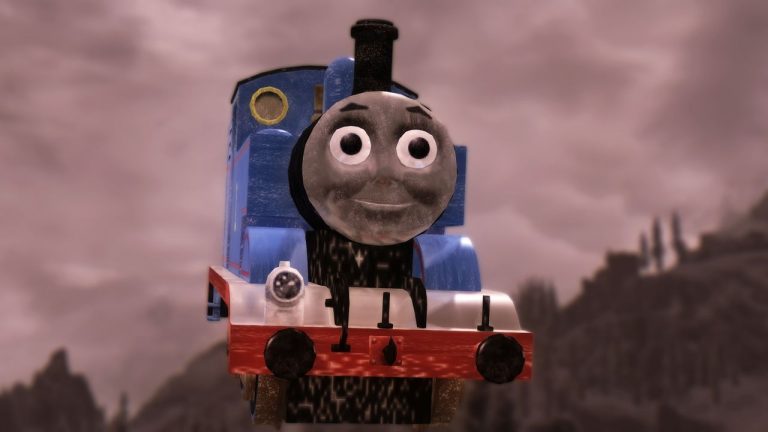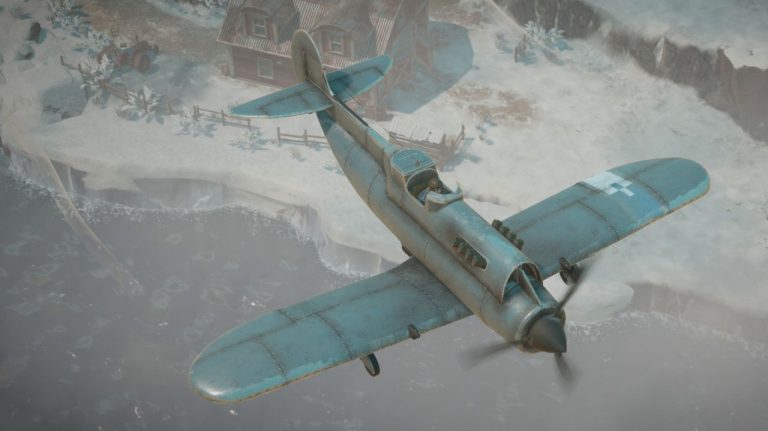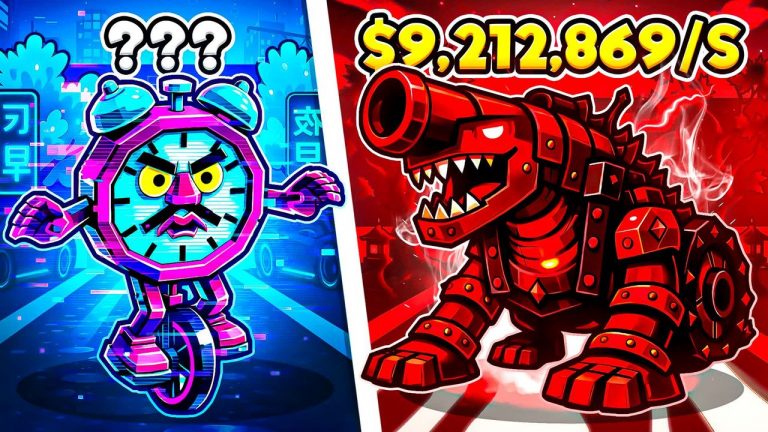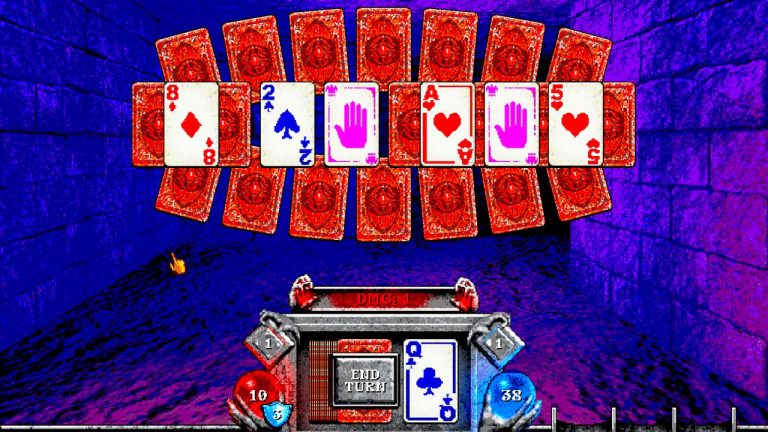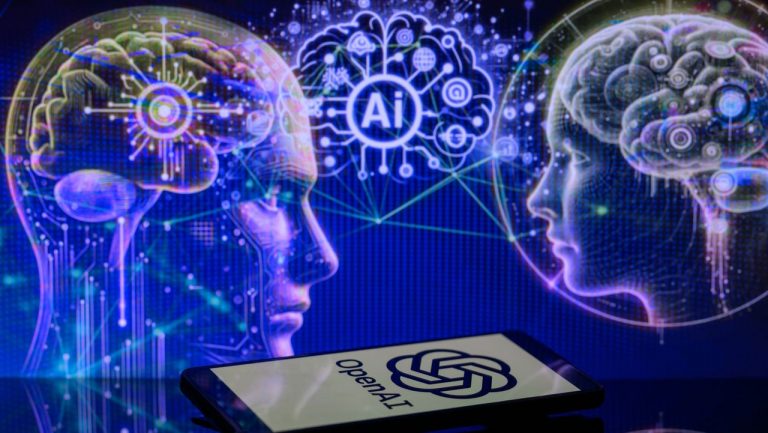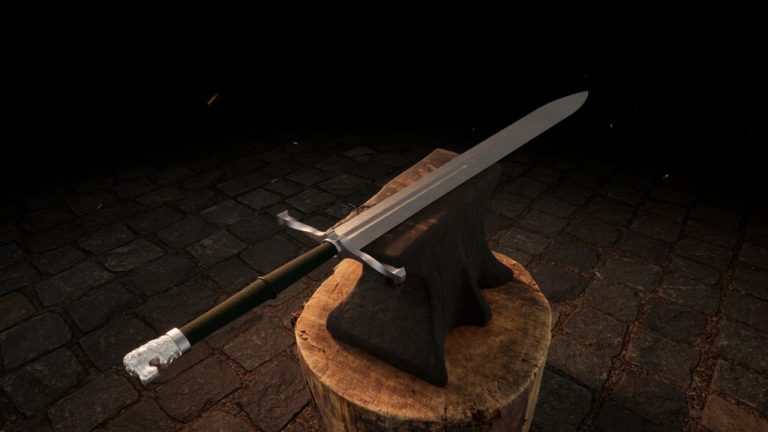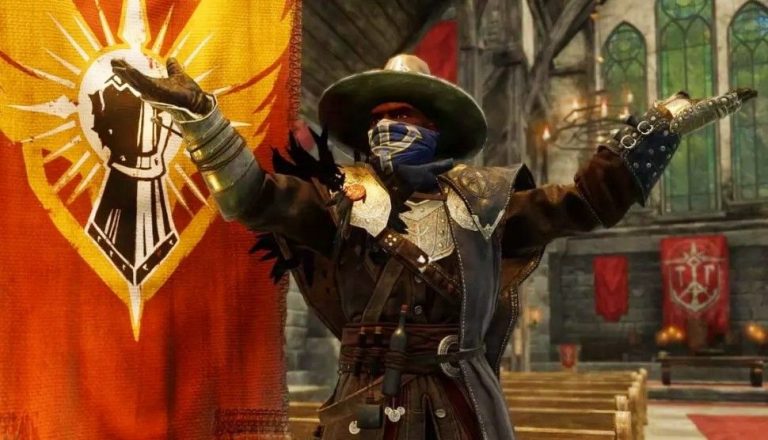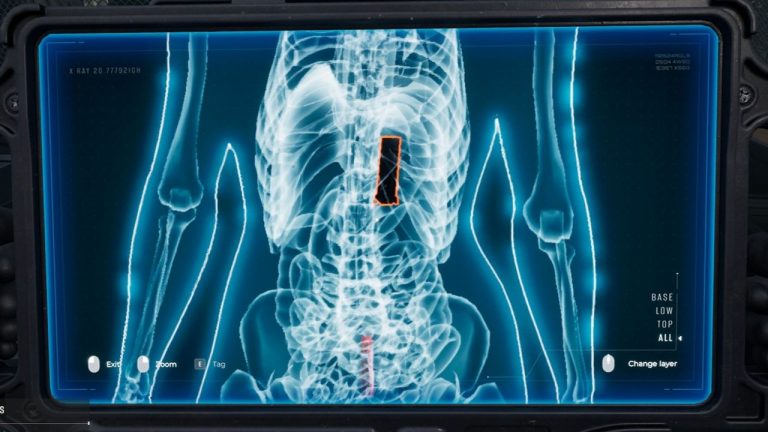Festivals can transform your Dungeons & Dragons campaign into a vibrant, immersive experience. They offer unique opportunities for storytelling, character development, and player engagement. In this comprehensive guide, we’ll explore the importance of festivals, how to design them, and the myriad ways they can enhance your game.
The Role of Festivals in D&D
Festivals in D&D are more than just background noise; they are powerful tools for storytelling and world-building. They provide a sense of culture and history, making your world feel lived-in and dynamic. Through festivals, players can learn about the customs, beliefs, and values of different cultures within your game.
Enhancing Player Engagement
Creating memorable festivals can greatly enhance player engagement in your D&D campaign. Festivals offer a break from the usual adventuring routine, allowing players to interact with the world in new and exciting ways. Whether they’re participating in games, enjoying performances, or uncovering secrets, festivals can create lasting memories that enrich the overall gaming experience.
Engaging players during festivals can also drive the plot forward. Hidden within the festivities might be clues to a mystery, a chance meeting with a significant NPC, or a sudden conflict that disrupts the celebrations. These elements can lead to new adventures and deeper involvement in the campaign. Here are a few ideas to consider:
Hidden Clues: Scatter hints or secrets within the festival activities that lead to new quests or uncover important plot points.
NPC Interactions: Introduce key NPCs during the festival, providing opportunities for meaningful conversations and alliances.
Unexpected Conflicts: Use the festival as a backdrop for sudden challenges, such as a theft, an attack, or a magical mishap that requires immediate attention.
Festivals also encourage player interaction in various ways:
Competitions and Contests: Characters might compete in archery tournaments, pie-eating contests, or storytelling competitions, showcasing their unique skills and creating friendly rivalries.
Market Negotiations: Players can haggle with merchants, seeking out rare items or negotiating deals that could benefit them later in the campaign.
Collaborative Quests: Festival-related quests can require teamwork, prompting characters to collaborate and leverage each other’s strengths to achieve common goals.
These interactions help build camaraderie and can reveal new aspects of each character’s personality, deepening the players’ investment in their roles and the overall story. Consider incorporating the following elements to enhance player engagement further:
Mini-Games: Create mini-games that players can participate in, such as carnival-style games, gambling, or magical duels.
Role-Playing Opportunities: Provide rich role-playing opportunities through interactions with diverse festival-goers, from jovial performers to secretive spies.
Thematic Challenges: Design challenges that align with the festival’s theme, such as a riddle contest during a knowledge festival or a crafting competition during a harvest celebration.
By thoughtfully designing festivals that engage players on multiple levels, you can create a dynamic and immersive experience that enhances the overall enjoyment of your D&D campaign.
Designing a Festival
Designing a festival requires thoughtful planning to ensure it fits seamlessly into your campaign. Start by considering the cultural and historical context of your world. What types of festivals would be celebrated in different regions? How do these festivals reflect the beliefs and values of the people?
Choosing a Theme
The theme of a festival sets the tone and influences all its elements. Themes can range from harvest celebrations and religious observances to cultural festivals and historical commemorations. A well-chosen theme will resonate with the players and enhance the overall atmosphere.
For example, a harvest festival might include feasting, agricultural contests, and rituals to thank the gods for a bountiful crop. A religious festival could feature solemn ceremonies, pilgrimages, and displays of piety. Cultural festivals might highlight traditional music, dance, and cuisine, offering a rich tapestry of sensory experiences.
Themes also influence the activities and events. A winter solstice festival might feature ice carving competitions, bonfires, and storytelling sessions around the fire. Conversely, a spring festival could focus on renewal and growth, with planting ceremonies, flower parades, and outdoor feasts.
Planning Activities and Events
The heart of any festival lies in its activities and events. These should be varied and engaging, offering something for every player. Competitions, such as archery contests or pie-eating challenges, can provide fun diversions and opportunities for characters to shine.
Performances and spectacles add to the festive atmosphere. Consider including traveling bards, acrobats, or illusionists to entertain the crowds. Magical displays, like fireworks or enchanted light shows, can captivate and amaze.
Don’t forget to incorporate unique elements that reflect your world’s magic and lore. Perhaps a wizard demonstrates powerful spells, or a cleric performs miraculous healings. These events can add a touch of wonder and remind players of the fantastical nature of the world. Check out my new Festival Generator at LitRPG Adventures!
Festival Logistics
Managing the logistics of a festival is crucial to its success. Consider the timing and duration of the festival. Is it a single-day event or a week-long celebration? When does it occur within the campaign’s timeline? The festival’s timing can impact its significance and the types of activities that are feasible.
Handling Crowds and NPCs
Festivals often draw large crowds, which can be challenging to manage in-game. Create a diverse array of NPCs to populate the festival, each with their own personalities and goals. This diversity adds depth and realism to the scene.
Developing believable crowd dynamics is also important. Think about how different groups might interact, such as merchants haggling with customers or children playing games. Ensure that interactions feel natural and contribute to the overall atmosphere.
Role-playing festival attendees can be a rewarding experience for both the Dungeon Master and the players. NPCs might offer side quests, sell unique items, or share valuable information. These interactions can lead to unexpected plot developments and enrich the players’ experience.
Integrating Festivals into the Campaign
Festivals can serve as more than just colorful backdrops; they can be integral to the campaign’s progression. Use festivals to reveal important lore and history. Through ceremonies, speeches, and displays, players can learn about significant events, cultural practices, and legendary figures.
Festivals as Plot Devices
Festivals are perfect settings for introducing conflict or mystery. A sudden attack, a theft, or a missing person can turn a joyful celebration into a tense adventure. These events can propel the plot forward and create new challenges for the players.
Incorporate intrigue by adding layers of secrecy to the festival. Perhaps there’s a hidden agenda behind the festivities, or certain NPCs have ulterior motives. Players might need to uncover these secrets through investigation and interaction.
Festivals can also be used to introduce new quests or NPCs. A visiting dignitary might request the players’ help, or a mysterious stranger could offer a tantalizing lead. These encounters can open new narrative threads and keep the campaign dynamic and engaging.
Festivals in DND
Incorporating festivals into your D&D campaign can significantly enhance the storytelling and player experience. By thoughtfully designing festivals that reflect your world’s culture and history, planning engaging activities, and integrating them into the campaign’s plot, you can create memorable and immersive events. Encourage your players to explore, interact, and revel in the festivities, and watch as your campaign comes to life with the vibrancy and excitement of these celebratory moments.
The post How to Create Immersive and Engaging Festivals in Your DND Campaign: A Quick Guide for Dungeon Masters appeared first on LitRPG Reads.

